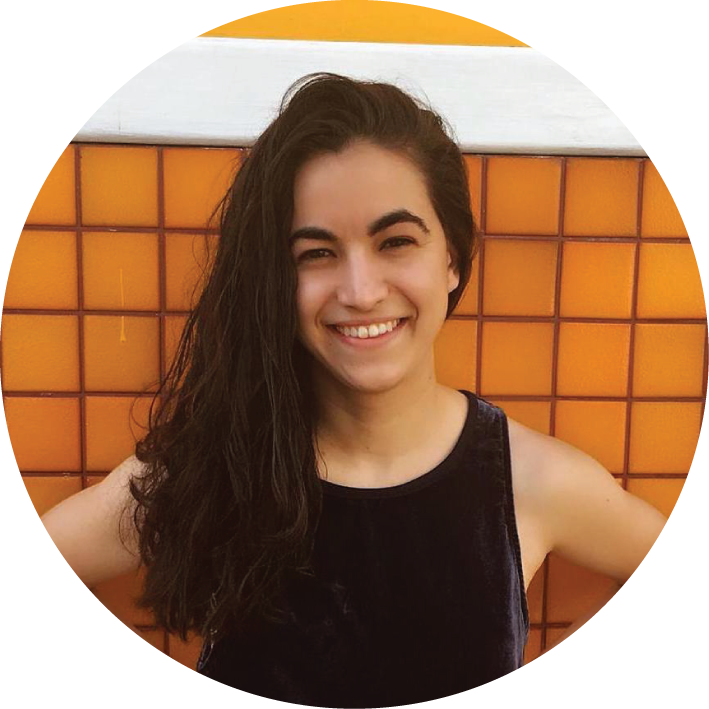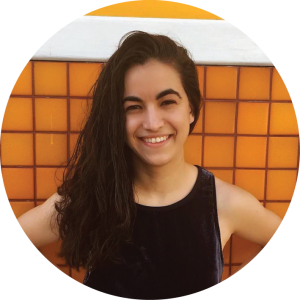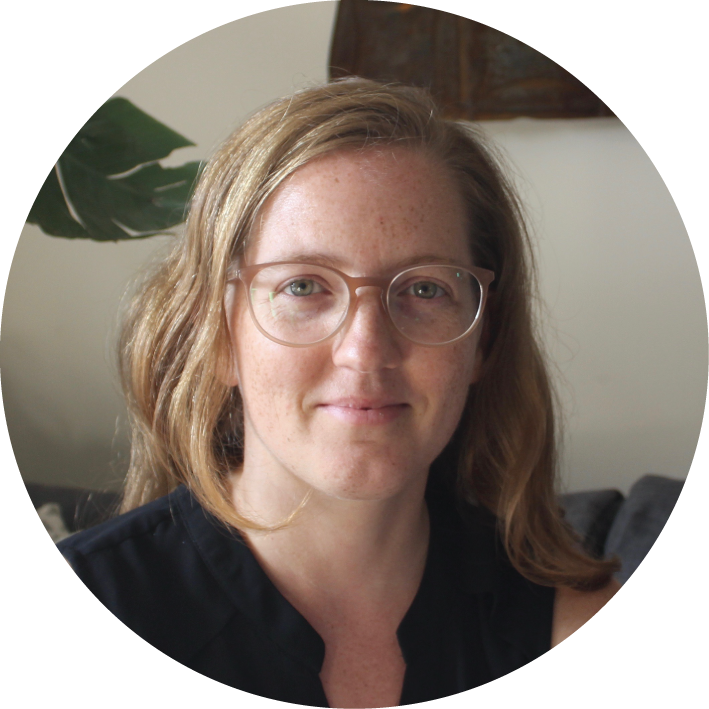Name:
Alana Menendez
Department:
Earth and Environmental Sciences
Project Title:
Colored Dissolved Organic Matter (CDOM) Dynamics in the Long Island Sound Estuary
Alana was born and raised in Queens, N.Y. She received her BA from Bowdoin College in 2015, majoring in Earth & Oceanographic Science. While at Bowdoin, Alana was a Howard Hughes Medical Institute Fellow, a Doherty Coastal Studies Fellow, and a Stanford SURGE Scholar. She completed her MSc in Earth & Atmospheric Sciences at CUNY City College in 2017. During her master’s, Alana was a graduate intern for the NASA GISS Climate Change Research Initiative. She began her PhD at the CUNY Graduate Center in the fall of 2017 as a Bernard Levine PhD Fellow and will begin a NOAA CREST fellowship in the fall of 2018. She is interested in carbon exchanges in marshes and urban coastal waters along with satellite remote sensing applications.
Project
Estuarine wetlands are hotspots for biogeochemical exchanges, existing at the terrestrial-aquatic interface. On long timescales, wetlands play an important role in the ecosystem by storing organic carbon. However, on shorter timescales, they have proven to be a source of colored dissolved organic matter (CDOM) to adjoining estuaries as a result of tidal flushing. Yet, wetlands are not the only source of CDOM to estuaries: additional sources include forests and wastewater, often coming through rivers. Laboratory absorbance and fluorescence analysis allows us to decipher CDOM origin. This is significant because CDOM both affects estuarine ecology by altering the amount of light penetration in the water column and acts as an important component of coastal carbon cycling (CDOM undergoes transformations in the estuary, including degradation to CO2). This summer, samples of CDOM and its carbon pool—dissolved organic carbon (DOC)— were collected across the Long Island Sound to assess spatial and temporal distributions of their quantity and quality. This dataset will contribute to the validation and development of algorithms to retrieve CDOM and DOC values from satellites.
This summer, I have become well acquainted with the coastal waterways of the tri-state area. I participated in ten boat cruises as part of a team trying to better understand the urban-wetland-estuary dynamics in the Long Island Sound. The Sound can be defined as an estuary because it is enclosed and is brackish—a mixture of fresh water coming in from rivers and salt water from exchange with the Atlantic Ocean. This work is contributing to a NASA-funded interdisciplinary science project examining how wetlands have been affected by human activity in this region and how they, in turn, affect water quality. A major goal of this project is the development of new algorithms for the Sound that can accurately detect biogeochemical properties within the water using visible light reflectance acquired from satellites, known as satellite remote sensing reflectance. Satellites offer a consistent dataset that allows us to understand spatial trends at the surface, and seasonal and inter-annual trends will be able to be better analyzed. Monitoring the water from satellites also offers the opportunity for episodic events—such as sewage release or discharge from extreme rainfall—to be detected.
Better understanding Earth’s carbon cycling is important considering the role of atmospheric carbon dioxide in climate change. Estuarine wetlands store a lot of organic carbon because there is a continuous input of carbon from the herbaceous vegetation, and then it is slowly broken down by microbes due to soil low in oxygen, as a result of submersion by water. However, as tides come in and out, these wetlands can be a source of dissolved organic matter (DOM) to adjoining estuaries, a mechanism known as outwelling. Colored dissolved organic matter (CDOM) is the portion of DOM that absorbs and fluoresces light and it is these optical properties that allow CDOM to be detected remotely from sensors and satellites. These properties also affect aquatic ecology: CDOM can protect phytoplankton from harmful ultraviolet light but can also limit the light available for phytoplankton needed to photosynthesize. The carbon component of CDOM is known as dissolved organic carbon (DOC) and within estuaries this DOC undergoes transformations, which can include breakdown to carbon dioxide. This has important implications for coastal carbon cycling and I hope my work advances this body of knowledge.
This summer, I collected over 100 water samples in the Long Island Sound over various days and locations, and I analyzed them for CDOM absorbance and fluorescence, which reveals important information about how much CDOM there is and its quality. CDOM quality is important because it can help indicate the CDOM origin, for example wetland, forest, wastewater, or marine production. My next steps for this work will include statistical analysis to identify relative contributions of DOM components in each sample to better quantify this source attribution. I also will evaluate the relationships between CDOM and DOC concentrations, and other water parameters, like tidal stage and river discharge. Lastly, I will be processing imagery acquired by specific satellites over the Long Island Sound region, so that I can analyze the satellite remote sensing reflectance along with data from the collected water samples, furthering algorithm development.
It would be impossible to study the Long Island Sound without taking into account the context of New York City and the surrounding area’s population. Human populations continue to increase in coastal regions globally, and thus estuaries will continue to be vulnerable to human interference. It is important to understand natural processes, such as those occurring with tidal wetlands to then have the framework to understand what is not natural. Satellite imagery provides a powerful tool because of the capacity for large spatial-scale visualizations and continuous monitoring. While I thoroughly enjoyed my time doing fieldwork this summer on boats, I am looking forward to some more time this fall on land, on my computer, making use of this valuable collected dataset.








